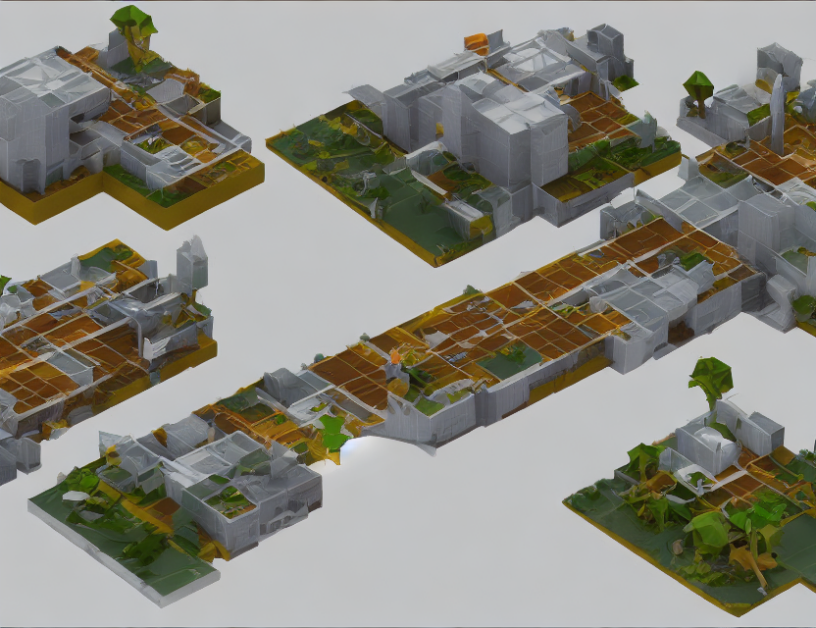In this article, we propose a novel approach to self-supervised representation learning called DAS-based DNN, which leverages the channel-dependent sensitivity of Deep Adaptive Sensors (DAS) to extract common features from multiple inputs. The proposed method is designed to address the limitations of traditional self-supervised learning methods that rely solely on spatial or temporal domain priors.
We introduce a framework that combines SimSiam [19], which enables the extraction of common features from multiple inputs, with DAS priors [20]. By incorporating the channel-dependent sensitivity of DAS, we can avoid the trivial solution and extract meaningful features in a self-supervised manner. The proposed method minimizes a function that combines the reconstruction error between the input and reconstructed signals, along with a rank constraint to ensure the low-rank property of the resulting representation.
Our main contributions can be summarized as follows
- We propose a novel approach to self-supervised representation learning called DAS-based DNN, which leverages the channel-dependent sensitivity of DAS to extract common features from multiple inputs.
- We introduce a framework that combines SimSiam with DAS priors, enabling the extraction of meaningful features in a self-supervised manner.
- We propose a new loss function that combines reconstruction error and rank constraint, which enables the extraction of low-rank representations that preserve the important information from multiple inputs.
The proposed method has several advantages over traditional self-supervised learning methods, including: - It can handle complex signals with multiple modalities, such as speech corrupted by noise [18], or images with different levels of noise [19].
- It does not require any additional annotations or labels, making it a cost-effective and efficient approach.
- It can be applied to various applications, including image and speech recognition, anomaly detection, and medical imaging.
In summary, the proposed DAS-based DNN is a novel approach to self-supervised representation learning that leverages the channel-dependent sensitivity of DAS to extract common features from multiple inputs in a self-supervised manner. The proposed method has several advantages over traditional methods, including its ability to handle complex signals and applications, as well as its cost-effectiveness and efficiency.



